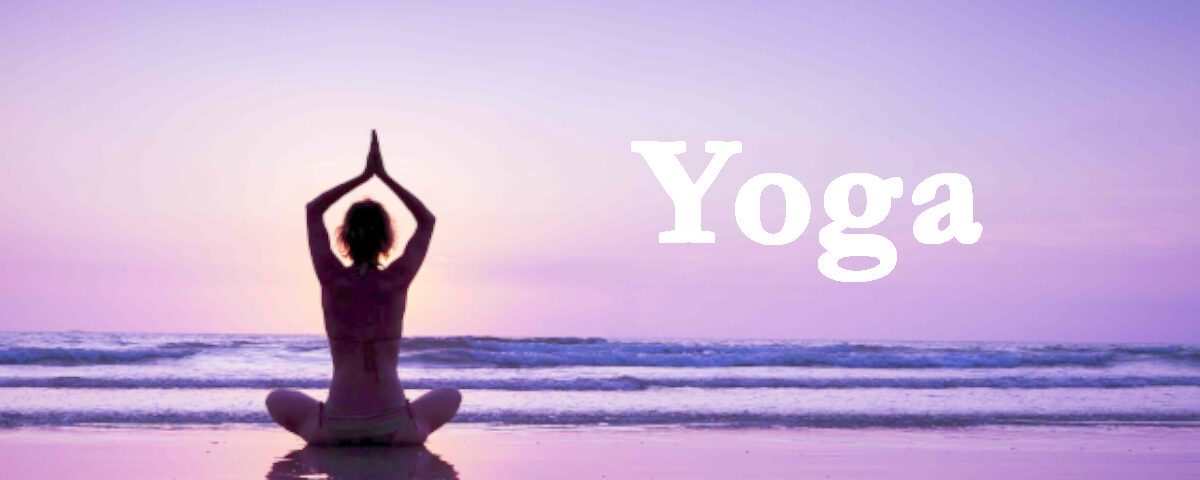Psychophysiological effects of Yogic Techniques

Vamana
November 17, 2016
A Kalinga TV talk show on Gastro Intestinal disease Ayurvedic Treatment
August 9, 2018Introduction –
The various yogic techniques are asana (posture), pranayama (regulation of prana through breath control), mudra (gesture/attitude), bandha (lock), satkarmsa (six cleansing techniques), relaxation, mediation and diet.
Description-
1 . Asana – Steady and Comfortable
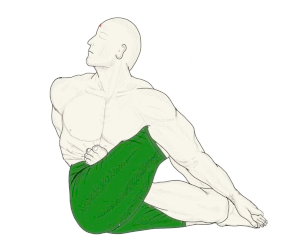
Poorna Matsyendrasana
should be the posture. Asanas are various postures to make the body strong and disease free. One who perfects asana remains unaffected by the influences of the pair of opposite like heat and cold, comforts and pain etc. Asanas – 1) massage and tone the body organs, 2) improve the mucscle tone (suppleness) and plasticity of muscles, 3) The asanas make good body musculature.
2 . Pranayama is the fourth step of Astanga yoga. Maharsi Patanjali writes, “breaking of the continuity of respiration is pranayama.” By the practice of pranayama obstruction of knowledge are reduced. The impurities of the mind are obstruction of knowledge. By the regular practice of pranayama, these impurities are reduced or minimized. After the impurities are reduced the mind is capable of practicing dharana (concentration).
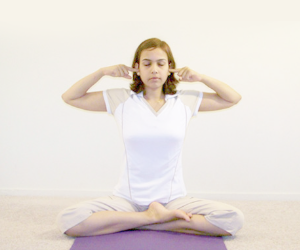
Bhramari Pranayam
Pranayama –1) improves lung ventilation – lung circulation ratio which leads to increased out put by about 20%, 2) improves respiratory efficiency, 3) increases the vital capacity of the lungs, 4) By tolerating mild hypoxia (e.g. during kumbhaka)
the myocardium is stimulated to increase its vascularisation as recorded at higher altitudes. By balancing the breath in left and right nostril through balancing pranayama, we can balance in our lives between introversion and extroversion, body and mind, in our attitudes and actions. By regulating the breath, spiritual awakening of kundalini can be cultivated.

Shambhavi Mudra
3 . Mudras are psychic, emotional, devotional and aesthetic gestures or attitudes. These are attitudes of energy flow, intended to link individual pranic force with universal or cosmic force. Mudras are combination of subtle physical movements which alter mood, attitude and perception and which deepen awareness and concentration. These are higher practices which lead to awakening the prana, chakra and kundalini which can bestow major siddhis, pshychic powers on the advanced practitioners.
Mudras – 1) alter mood, attitude, perception and deepen awareness and concentration, 2) lead to awakening of prana, chakra and kundalini, 3) bestow major siddhis, psychic powers on the advanced practitioners, 4) redirects the energy within.
4 . Bandha means to ‘hold’, ‘tighten’ or ‘lock’.
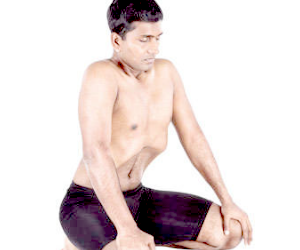
Uddiyana Bandha
Bandhas aim to lock the prana in particular areas and redirect their flow into sushumana nadi for the purpose of spiritual awakening. It may be practiced individually or incorporated with mudra and pranayama practices. When combined in this way, they awaken the psychic faculties and form an adjunct to higher yogic practices. Bandhas lock the prana in a particular area and redirect their flow into sushumna nadi for the purpose of spiritual awakening.

Nauli
5 . Satkarmas are six groups of purification practices such as 1. Neti, 2. Dhauti , 3. Nauli, 4. Basti, 5. Kapalabhati, 6. Trataka. Shatkarmas – 1) create harmony between the two major pranic flows, ida and pingala, thereby attening physical and mental purification and balance, 2) balance the three doshas or humours in the body: kapha, mucus; pitta, bile: and vata, wind, 3) purify the body of toxins and hence used before pranayama and other higher yoga practices in order to ensure safe and successful progression along the spiritual path
6 . Relaxation
- Physical relaxation – Relaxation asanas and pranayamas help to remove the pain and swelling from body parts. Physical relaxation – 1) relaxes the joints and muscles of the body, 2) removes the tension, stress and the strain from body and mind, 3) helps in curing the physical disorders like oseoarthrits, rheumatoid arthritis and gouty arthritis etc, 4) maintains the homeostasis of our body, 5) balances the endocrine system of the body, 6) balances the secretions of hormones within the body and helps in keeping good and disease free health.
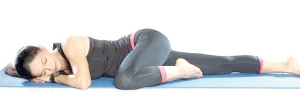
Matsya Kridasana
- Mental relaxation ( Pratyahara) – These practices allow us to retreat inside from the hurly burly of the world and find peace within. These are also preliminary to the further stages of meditation. The relaxation practices like yoganidra, internal visualization and thought observation are much effective to keep both the body and mind balanced and organised.
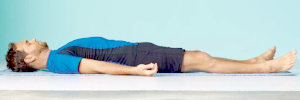
Shavasana
Mental relaxation – 1) helps in curing many psychic like stress, anxiety, strain, tension, insomnia (sleeplessness) etc, 2) helps in curing stress induced diseases like asthma, hypertension and diabetes mellitus etc, 3) develops the ability to relax our mind ay will gives us a sense of mastery over the vagaries of mind and allows us to maintain it in a positive state, 4) gives us to contribute to our own personal development.
7 . Meditation (Dhyana) –
The perfection of concentration leads to meditation. The flow of similar thoughts in the mind concerning the point of concentration is meditation. The continuous flow of the thought of the object of concentration is dhyana or meditation. Benefits of meditation are i) these are the practices with which we go within and learn who we are. Methods of meditation (dharana, dhyana, Samadhi) are increasingly deep stages of consciousness, right up to Samadhi – the transcendental state.
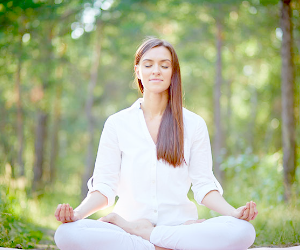
Padmasana
- ii) meditation is our closing off to external perceptions and opening up to internal experiences by letting them to come into our awareness. iii) Meditation – brings us into a peaceful relaxed state free from the activities of the world.
- Diet – One should be careful in the selection of articles of sattvic nature. One should take sattvic articles like milk, red rice, cheese, butter, green dal (moong dal), badam ( almonds), mishri ( sugar candy), kismis (raisins), khichide, pancha shakha vegetables, lowki vegetables, plawtain stem, parwal, Bhindi (lady’s finger), pomegrawates, sweet organges, grapes, apples, bananas, mangoes, dates, honey, dried ginger, block pepper etc.
Forbidden Article – Sour, hot, pungent and bitter preparations, salt, mustard, asafetida, chillies, tamarind, sour curd, chutney, meat, eggs, fish, garlic, onions, alcoholic liquours, acidic things, stable food, overripe or unripe fruits etc.
Mitahara – One should take half stomachful of sholes are food and fill a quarter with pure water and leaving the rest free. This is mitahara. It plays a vital part in keeping up perfect health because almost all diseases are due to irregularity of meals.
Fasting – One should not fast much. Occasional fasting in a month, will be sufficient. After a fast one should not take any heavy food. Milk or some fruit juice is beneficial.

